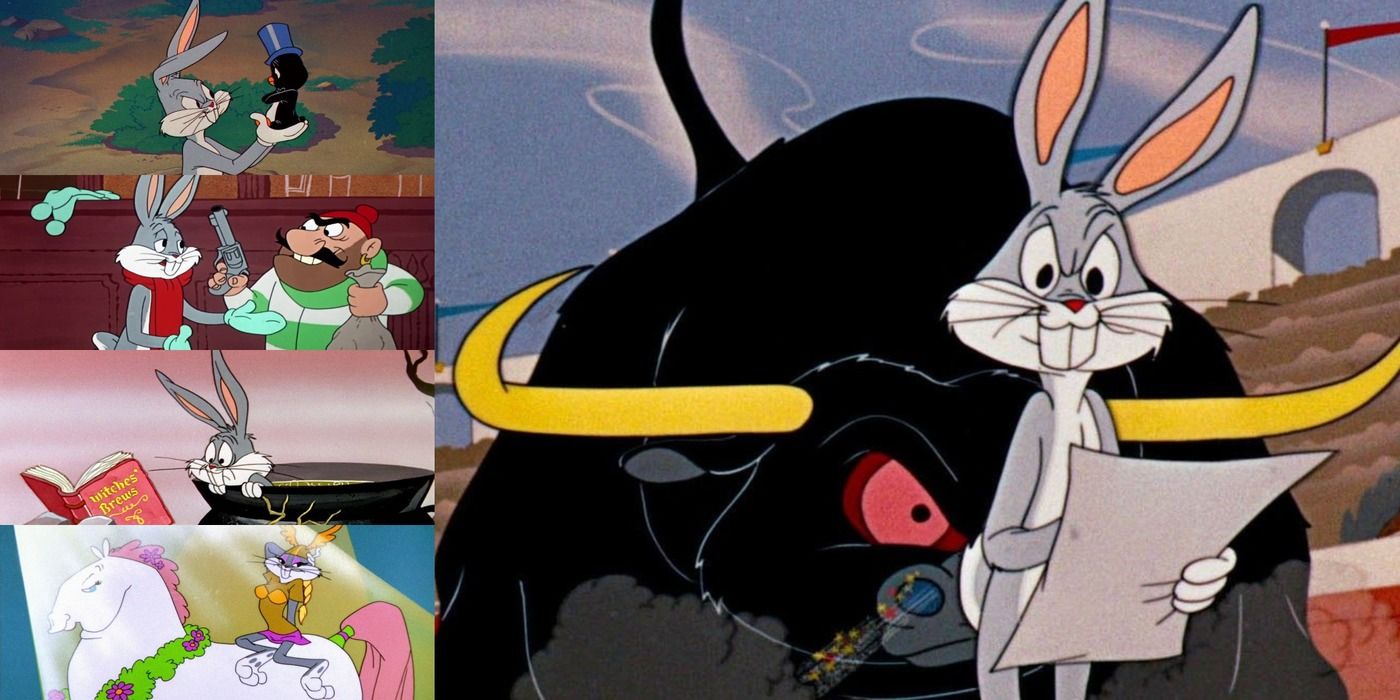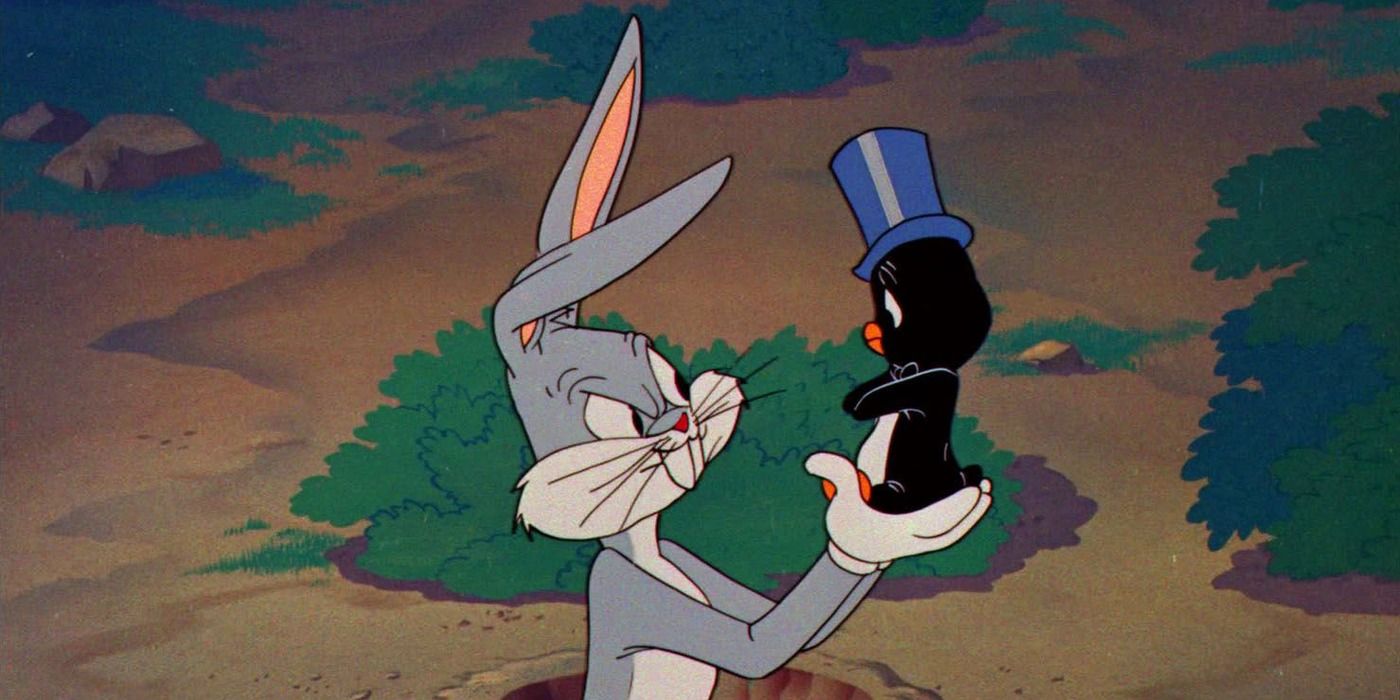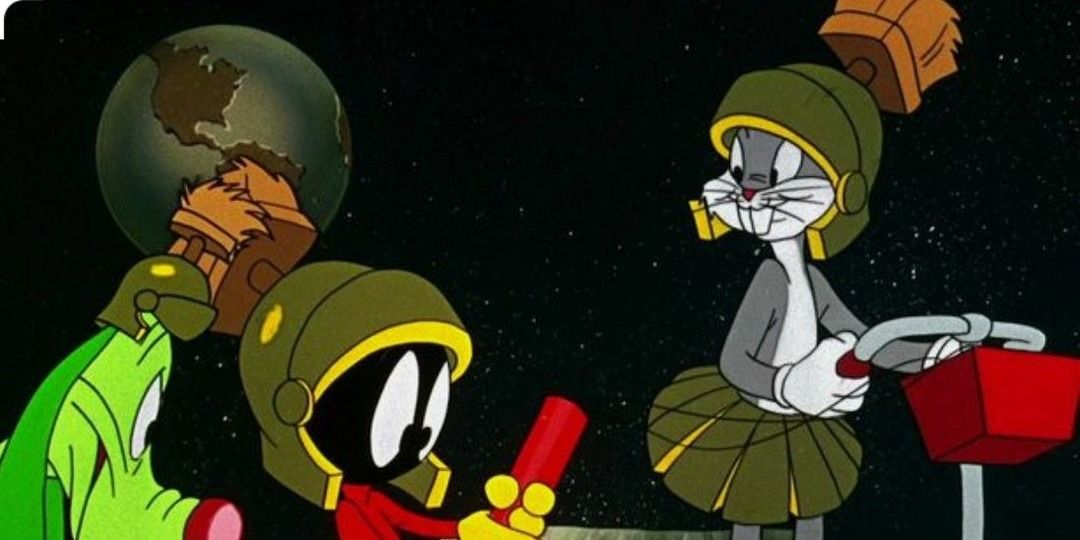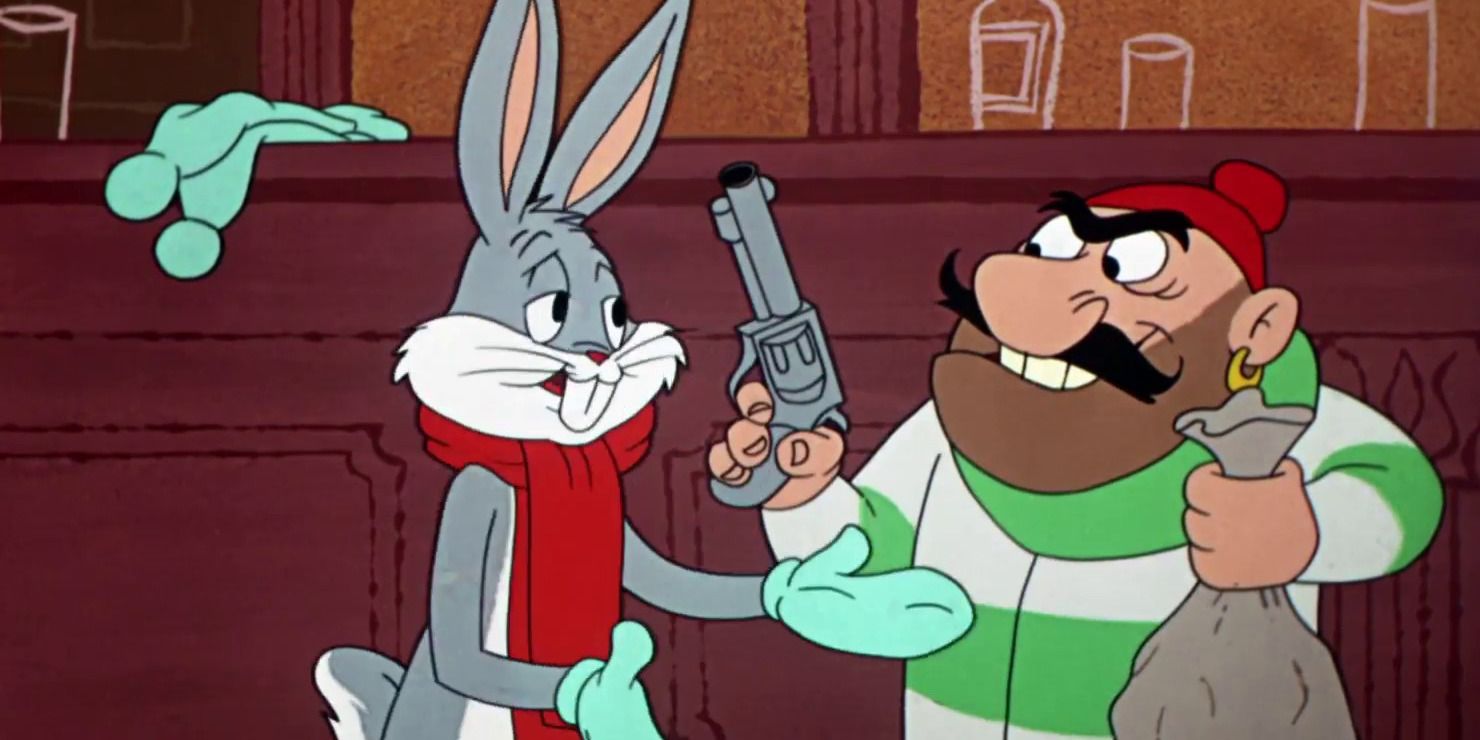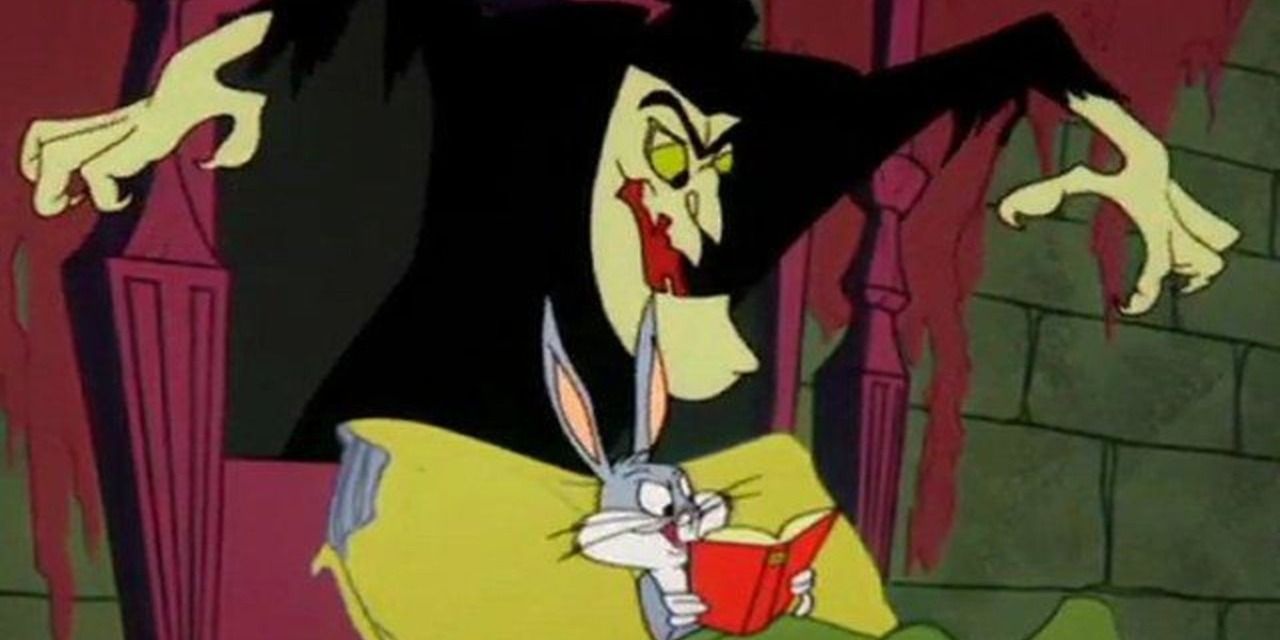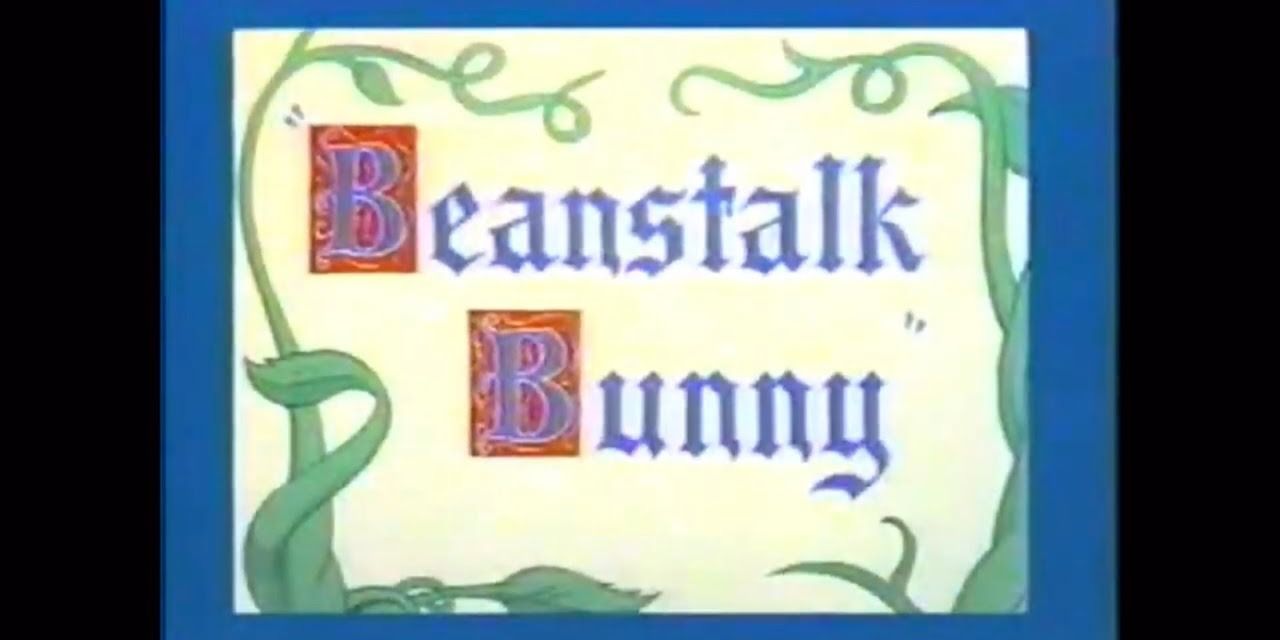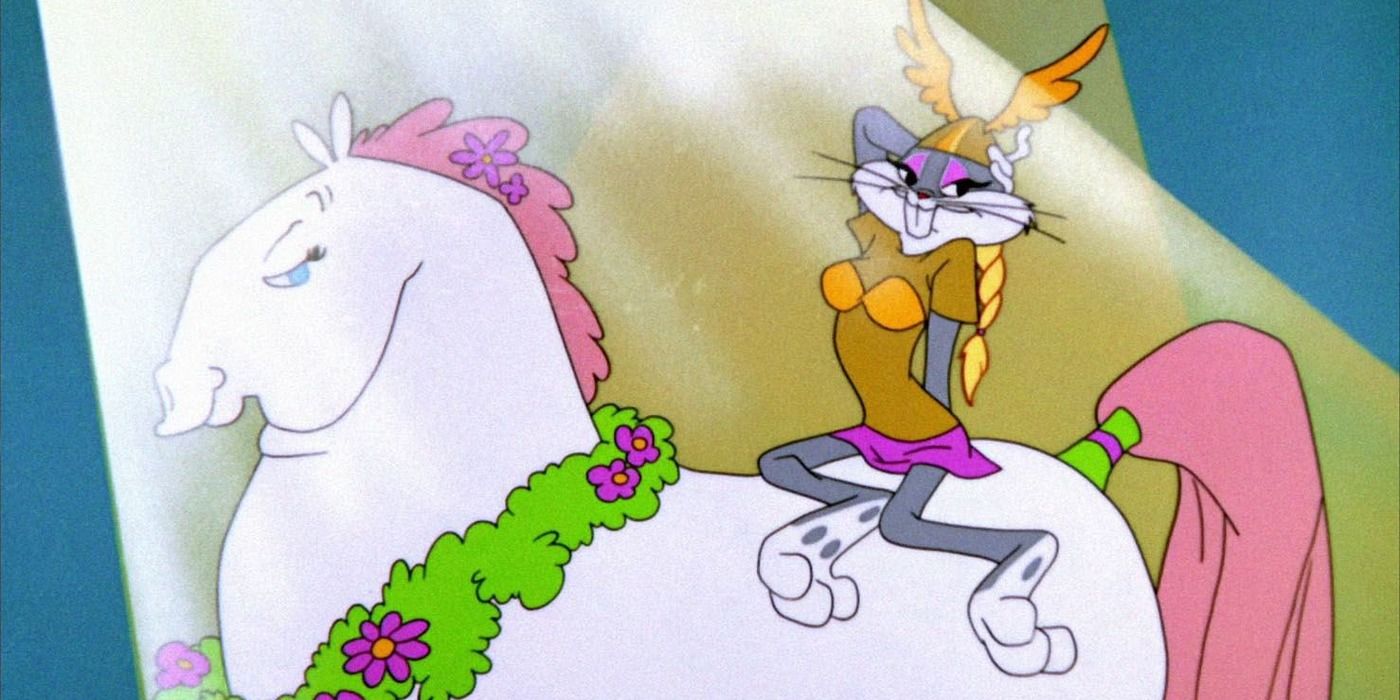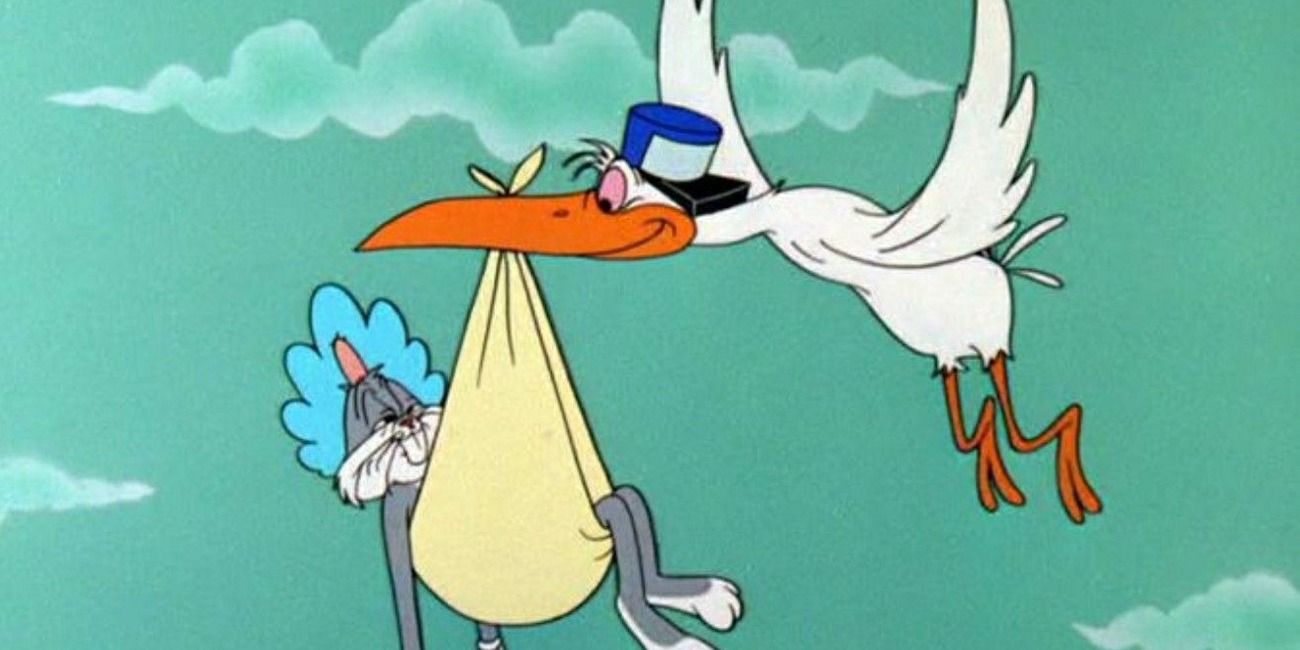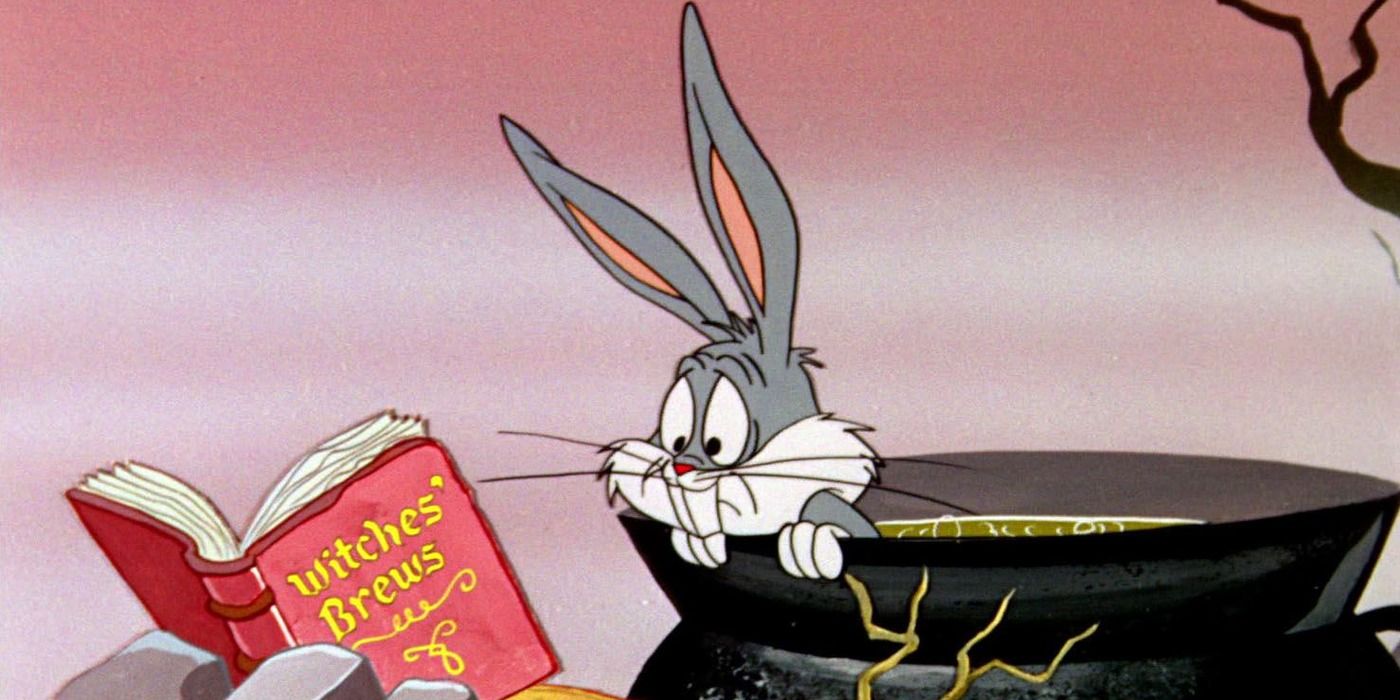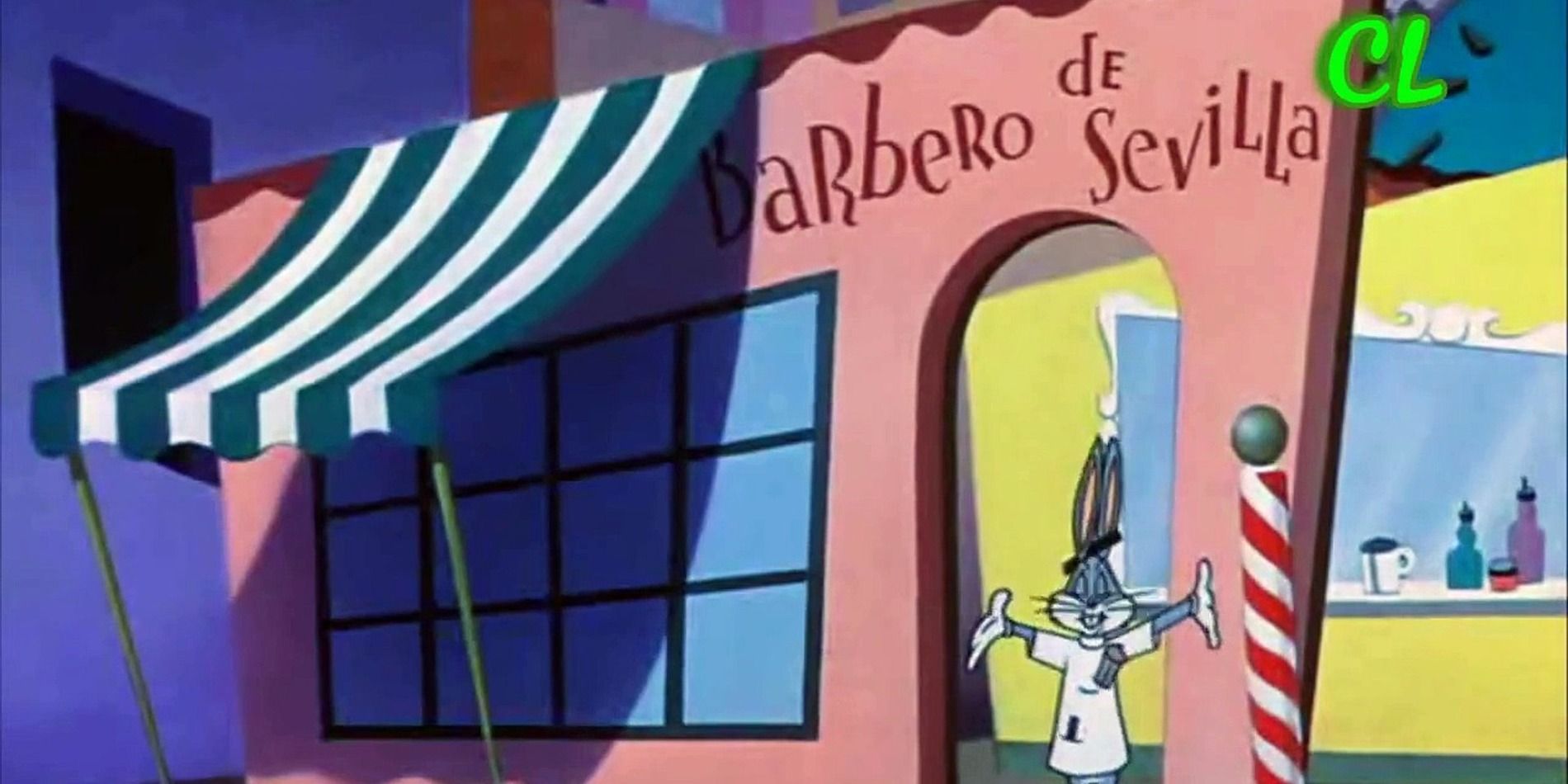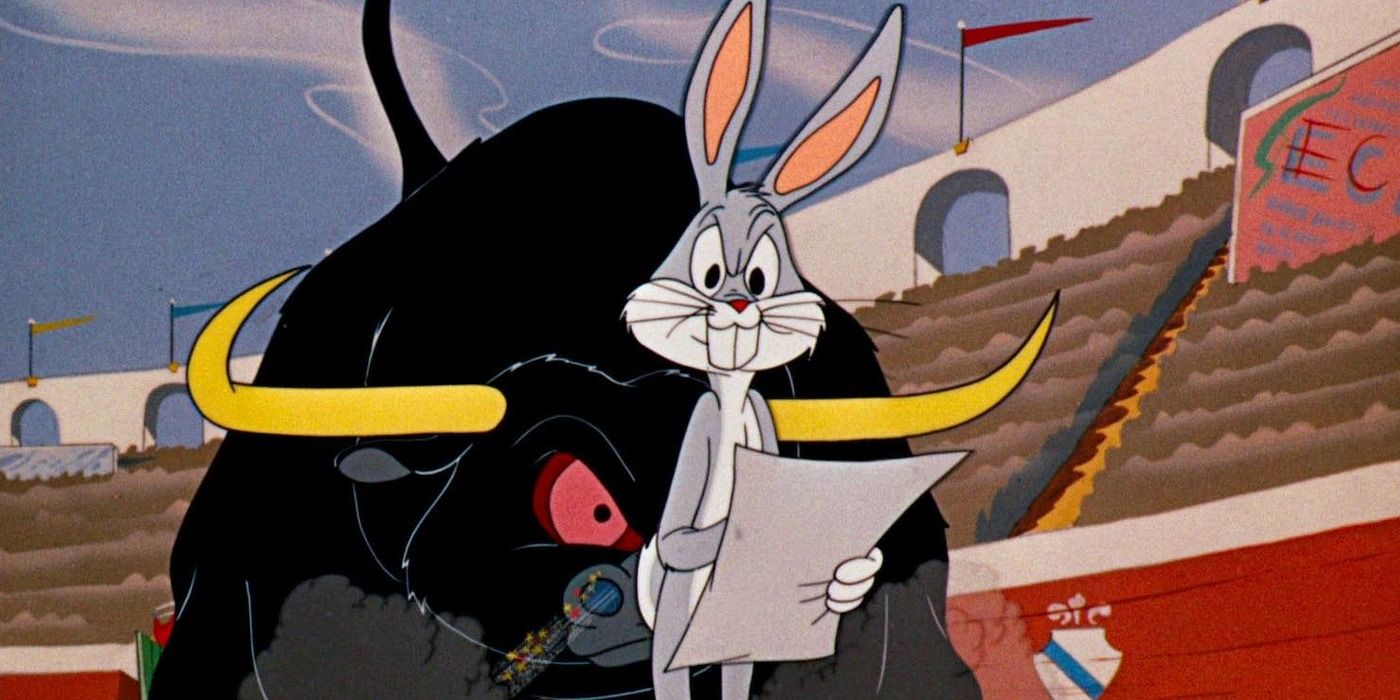There are volumes of Warner Brothers cartoons starring Bugs Bunny, but the ones that fans know and love are often products of an era known as the Golden Age of Animation. For a period of about 40 years, between the 1920s and 1960s, American animators would produce some of the best, most groundbreaking, and innovative cartoons in the world. Plenty of these innovations came from a certain team of animators working out of a trailer they had nicknamed Termite Terrace, and these artists had a reputation for being subversive, satirical, and unapologetic.
Most of the Bugs Bunny shorts that have stood the test of time carry those universal themes of parody, satire, and thinly veiled political commentary. Thanks to our hero, Bugs Bunny, every ridiculous problem or obstacle is defeated with a healthy mix of sarcasm, wacky props, and clever tricks.
10 8 Ball Bunny (1940)
Bugs Bunny may be lazy, snide, and cruel to those that cross him, but he's a compassionate fellow underneath it all. So when he finds a lost penguin he takes on the duty of seeing the little guy get safely home. The problem is, you can't assume too much about where someone is from in this day and age.
After an epic journey to the South Pole that seems to be one mistake after another, it's revealed that this little penguin is just as American as his Brooklyn-born counterpart. The moral of the story is, you have to do the right thing, even if it's inconvenient or totally counter-logical.
9 Haredevil Hare (1948)
This classic is so iconic that even people who have never seen a Bugs Bunny cartoon will recognize the characters. It introduces the fan-favorite, the quirky Marvin the Martian, an image of aliens as nerdy, soulless bureaucrats as opposed to hideous monsters, a concept that's even more terrifying. Marvin is annoyed because the Earth blocks his view, so he's going to blow it up, a simple and cheap solution.
Haredevil Hare has a lot of vintage charm along with staying relevant as a science-fiction satire and takes a more realistic view of shooting animals into space. It pokes some humor at the whole concept of going to the moon years before the space race started and mocks the trend of monster movies at the time that used outer space as a setting.
8 Bonanza Bunny (1959)
Bugs Bunny is often depicted in settings that look suspiciously like the sparse woods and hills outside of Hollywood, so this cartoon short that puts him in the middle of the Yukon gold rush is more fun immediately. Since villains like Yosemite Sam or Elmer Fudd would be out of place here, Bugs has to match wits with French-Canadian stereotype Black Jacques Shellacque who tries to jump his claim.
This plot, like the lead character, is smarter than it looks. Bugs Bunny wanders into town with a bag of shiny yellow rocks and pretends that he doesn't understand the value of what he's found. He has some fun with the slippery Jacque before blowing him up and confessing that the yellow rocks were just painted like gold, revealing that he knew what he was doing the whole time and just wanted to see how crazy the Gold Rush really was.
7 Transylvania 6-5000 (1963)
Every so often the animators of Termite Terrace would have some fun with movie or television parodies. Transylvania 6-5000 lampoons the monster horror genre and also references an archaic system in which a telephone number was partially written as letters. It's actually a pun on a song associated with Glenn Miller, Pennsylvania 6-5000.
Count Blood Count, the unfortunate vampire that pursues Bugs for most of the plot, is no match for the sharp wit of our hero. One example is when the Count tries to impress Bugs by turning into a bat, only to have Bugs turn into a baseball bat and take the antagonist for a few line drives. He's a monster and can't get hurt, so it's okay to laugh.
6 Beanstalk Bunny (1955)
There are a couple of different Bugs Bunny cartoons that feature giants or a beanstalk, and in this one Bugs not only has an epic fairy-tale adventure he gets to play off his more uptight friend, Daffy Duck. This could also be an episode that counts for the often maligned Daffy Duck, but the title card gives it to Bugs.
Our hero is minding his own business, literally sound asleep in bed, when a beanstalk carries him several hundred feet in the air. Daffy climbs past him, claiming that whatever is up there belongs to him and him alone. The contrary bugs follow him up the beanstalk and hilarity ensues.
5 What's Opera Doc? (1957)
The animators at Termite Terrace liked to poke fun at what's known as "high art" an example of which is opera. The plotline starts like other episodes, with Elmer Fudd hunting rabbits and chasing one particular quarry into the opera house.
Except it's not really an opera house, but some kind of alternative dimension that's an amalgamation of Wagner's most famous work, namely the Ring Cycle. The music used in the short is authentic sequences from various operas, slightly altered to suit the satirical context. The animation is also impressive, featuring a fluid, fantasy setting complete with costumes, Greek temples, and big fat horses.
4 Apes of Wrath (1959)
The name of this short is actually borrowed from an earlier Bugs Bunny cartoon called "Gorilla My Dreams" in which a very civilized-looking primate is reading a book with the same punny title. The plot is also similar; Bugs is adopted by two gorillas, who have mistaken him for their own baby. In this version, the animators up the ante and make the catalyst for this whole mess a drunken stork who knocks Bugs out and drops him in the gorilla's house.
It's actually a daring premise for a kid's cartoon, and the wasted stork is nothing less than hysterical, but that just goes to show how these were secretly made for adults.
3 A Witch's Tangled Hare (1959)
In a short that might have inspired the likes of Tom Stoppard, Bugs takes on both Shakespeare and fairy tales before modern movies like Shrek made it cool. This is also one of many hacks that Termite Terrace would take against Disney, which was considered to be a producer of more high-quality animation at the time.
The short begins with a hapless Shakespeare dealing with some writer's block but follows the witty banter between Witch Hazel and Bugs Bunny. By the end of the short, Witch Hazel and Sam Crubish, the character that we were tricked into thinking was Shakespeare, wander off together arguing about the house number, "2B." Or was it not 2B?
2 Rabbit of Seville (1950)
It's even funny if you don't know anything about opera, but those viewers that are familiar with the work of Mozart will understand more of the jokes. An opera about a barber, really? What could you possibly sing about? Well, Bugs Bunny has the answer.
Elmer Fudd actually chases Bugs Bunny into the amphitheater where this opera is playing, and they conveniently stumble onto the set just as the curtain rises. Bugs, as is his way, subjects Elmer to a tortuous shave, tonic hair treatment, and even a pedicure before dropping him in a cake. All the while, the music from the Marriage of Figaro is playing along.
1 Bully For Bugs (1953)
This short gets the top spot, not only because it took shots at bullfighting before it was cool, but because it was the result of those damn, meddling animators doing exactly the opposite of what they had been told. Apparently, producer Eddie Selzer once burst into the studio and forbade anyone to make cartoons about bullfighting ever. Since Selzer was wrong about almost everything, Chuck Jones and company immediately made Bully for Bugs.
One of the best things about this short is that it starts with Bugs on his way to the Coachella Valley for a festival when he gets lost and ends up in a bullfighting ring. The more things change, the more they stay the same. One thing that did change, thankfully, is that bullfighting isn't half as popular as it used to be, so it's easier to laugh at this now.

